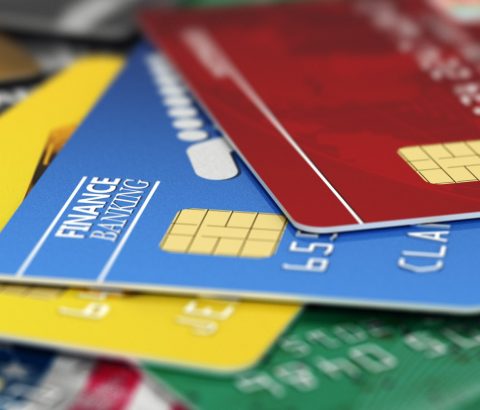Invisible Money
Is it true, do we really spend more money if we can’t see it?
With most people purchasing day to day items with so called ‘invisible money’, thanks to credit and debit cards, and the advent of contactless payments; this was something we aimed to find out here at PayPlan.
What We Did
We set out to investigate ‘invisible money’, and whether people were in fact spending more when they couldn’t see how much they had.
But how did we do this?
With the use of some in-depth research, an infographic, a survey, an experiment and some useful top tips we got to the bottom of everything.
So read on to find out what we found.
The Survey
We conducted a survey, to see if what we’d found was true of more people, and just how people paid for things day to day.
The survey threw up a number of interesting stats about how people pay for their purchases, with more paying by debit (39.58%) and credit (29.74%) card, compared with cash (29.59%).
It also found that 61.57% people pay for more things on card now, than five years ago. While 32.88% of people even purchase small items, such as snacks or chewing gum with a card.
However, only 25.84% of people check their bank accounts daily, with 52.12% checking weekly. Giving an insight into how little people think about their cash on a daily basis as a whole.
You can view this data and see our other findings in the form of an infographic by clicking here.
The Experiment
We teamed up with blogger Rachel the Hat to see how much cash and card impacted on a person’s spending.
The two week experiment required the blogger to test both spending types over the course of a week, and produce a video diary along the way.
The first week required her to use card only, meaning all purchases made were done with the use of her credit or debit card. The second week required her to do exactly the same, but this time it was cold hard cash that was used.
After the two weeks, Rachel found that when using card she spent much easier than when she used cash, as she was much more aware of what she was spending; causing her to budget more.
It seems there is truth in the ‘invisible money’ theory after all.
You can find out more about the experiment and watch Rachel’s video diaries by clicking here.
Top tips to Keep Track
So with all this knowledge, it’s clear to see that many of us aren’t thinking about our daily spending habits. In fact, most of us seem to be slotting our cards into machines, or pressing them against glass panels without thinking about whether we can afford items or not.
But what can we do to stop ourselves?
Luckily, for the final part of our ‘Invisible Money’ campaign provides you with a number of helpful tips about how to keep track of your invisible money.
So take a look at our tips and hopefully that money won’t be so invisible much longer.
